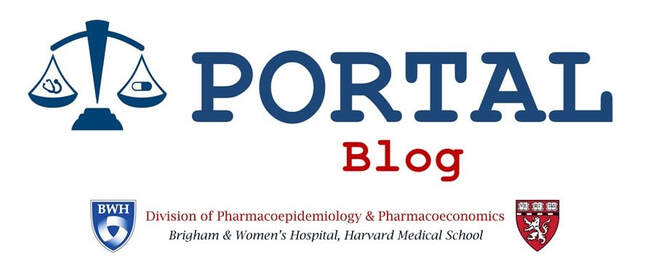|
Phebe Hong
The patent-based pharmaceutical innovation system in the United States is often criticized on two grounds. First, it does not incentivize the development of drugs with the greatest impact on patient or public health, instead encouraging private investment in drugs that are likely to generate the greatest revenues. Second, it leads to drug prices that patients and health care systems cannot afford. One well-known example of the shortcomings in the current innovation model is the direct-acting antiviral Solvadi, a drug approved by the FDA in 2013 that cures chronic hepatitis C virus infection. Payers like Medicaid were unable to offer it to all qualifying patients because of the drug’s high cost. Although prices of direct-acting antivirals have declined in recent years due to competition, they remain high, with many patients still unable to access treatment. A new study by researchers at PORTAL takes a closer look at new, transformative models for promoting drug innovation and access. Specifically, the study analyzes three different models: delinkage, public manufacturing, and public private partnerships. All three models offer greater innovation, transparency, efficiency, and affordability. Delinkage. Delinkage models involve payments for drug innovation based on public health value rather than patient use. Instead of rewarding innovators with market exclusivity, innovators are rewarded directly with so-called “innovation inducement prizes” or “market entry rewards.” Delinkage systems reduce or eliminate an innovator’s reliance on sales to recuperate research and development investments and earn profits. The study found that although delinkage has been proposed as a strategy to tackle antimicrobial resistance, to date there has been no large-scale implementation of delinkage models for drug development. Public Manufacturing. Public manufacturing refers to the development and production of drugs by a government or nonprofit entity. The most prominent example is Civica Rx, which launched in September 2018 as a nonprofit devoted to bringing stability to the hospital supply chain by manufacturing common generic drugs. In addition, the Affordable Drug Manufacturing Act, first proposed by Senator Elizabeth Warren in 2018 and re-introduced in January 2020, is a proposal for a government authority to manufacture generic drugs. The study recommends that in order to protect against industry capture, governance of public manufacturing entities must be designed with clear objectives, transparency, and public participation in mind. Public Private Partnership. Finally, public private partnerships involve publicly-funded organizations working closely with for-profit partners on drug development. The leading example is the Biomedical Advanced Research and Development Authority, a federal body created in 2006 to prepare society with biodefense and pandemic tools. Although some partnerships, such as the Drugs for Neglected Diseases Initiative, have been successful in developing and commercializing novel treatments, most partnerships continue to operate within the existing system that allows companies to retain patent-based monopolies, which can lead to high prices and suboptimal access. The study suggests that reforms related to intellectual property rights associated with such partnerships are necessary to prevent this outcome. Each of these models exhibits promise in promoting prescription drug innovation and access. The study recommends further research to better understand these three models, with the goal of eventually creating an alternative system to the current patent-based model of drug development. Comments are closed.
|
AuthorPORTAL Blog posts are authored by PORTAL faculty, trainees, and collaborators. Archives
January 2022
Categories |
|
Program On Regulation, Therapeutics And Law (PORTAL)
Division of Pharmacoepidemiology and Pharmacoeconomics 1620 Tremont Street, Suite 3030 Boston, MA 02120 |



 RSS Feed
RSS Feed
